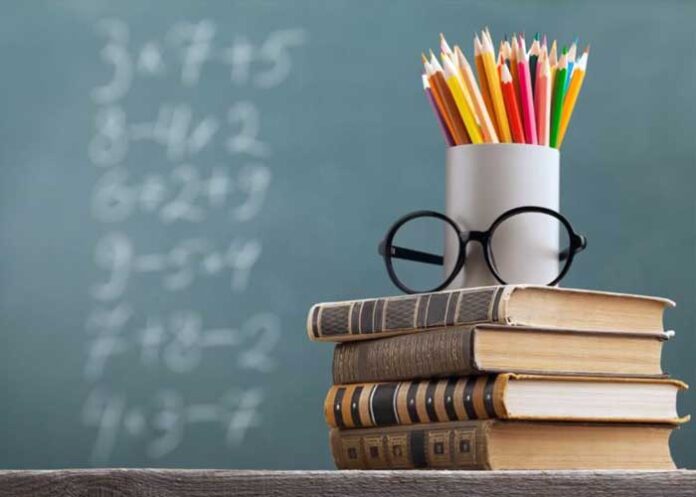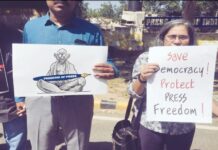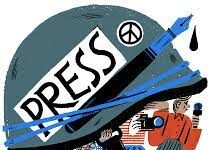Back in 1859, Macaulay’s education system came into effect intending to colonize education and create a class of anglicized Indians. Post-Independence, India tried to bounce back in major sectors and education was one of them. The government at that time used its resources and planning to revive the functionality of education best suited for India in those days. The year 1968 showcased the First Education Policy while the second came in 1986. Both were launched with a focus on ‘Radical Restructuring’ and ‘Removal of Disparities’ and ‘Equalise Education Opportunity.
The Central government introduced programs like ‘Adult Schools’ and reforms like ‘Night Schools’ were introduced by various state governments. While Prime Minister Atal Bihari Vajpayee launched the ‘Sarva Shiksha Abhiyan’ (Education for All) in 2001, the intention was to attain Universalisation of Elementary Education (UEE), bridging the gaps in literacy, social and gender inequality. The Constitution (Eighty-sixth Amendment) Act, 2002 inserted Article 21-A in the Constitution to provide free and compulsory education to all children in the age group of six to fourteen as a Fundamental Right in such a manner as the state may, by law, determine.
The Constitution (Eighty-sixth Amendment) Act, 2002 inserted Article 21-A in the Constitution to provide free and compulsory education to all children in the age group of six to fourteen as a Fundamental Right in such a manner as the state may, by law, determine. Article 21-A and the Right to Education Act came into effect on April 1, 2010. But India was way behind once again in the education sector as the impact of the First and Second Education policies were marginal and the gap between the Second and third Education Policy was huge. It was the Narendra Modi government that launched the Third Education Policy on July 29, 2020, famously called the NEP 2020, the policy which revamped the education system and focused on fundamental growth. The NEP is holistic and future-ready, aiming to give equal opportunities in education and create good “Contributable Citizens”. Prime Minister Modi’s “Beti Bachao, Beti Padhao” clarion call had a recognizable impact on girls’ education, and from 2015 to 2020, enrolments of girls in higher education increased by 18 percent.
As per a PIB report, the school dropout rate among Muslim girls before 2014 was 70 percent, but in 2021 it dropped to 30 percent. This significant change in dropout rates is encouraging and reflects the efforts of the Union government since 2014.
‘Bharat’ has always been a land of spiritual leaders, saints, and great philosophers. Vedas, Puranas, and Bhagavad Gita are books that are relevant and impactful even today.
Bharat’s identity as a ‘Vishwa guru’ has its roots in the past. We are called ‘Vishwa guru’ not ‘Vishwa Gyani’ as we not only possessed knowledge, but also had the desire to impart it to our “knowns, unknowns, and even enemies”. Guru Sandipani without any discrimination imparted knowledge to both of his disciples Sudama, the son of the poor, and Lord Krishna equally. India is a country where education has been considered a catalyst to lead us from darkness to light, from untruth to reality. “Asatoma Sadgamaya, Tamaso Maa Jyotir-Gamaya”. Babasaheb Ambedkar once said, “Education is what makes a person fearless, teaches him the lesson of unity, makes him aware of his rights, and inspires him to struggle for his rights.”
Babasaheb Ambedkar once said, “Education is what makes a person fearless, teaches him the lesson of unity, makes him aware of his rights, and inspires him to struggle for his rights.”




